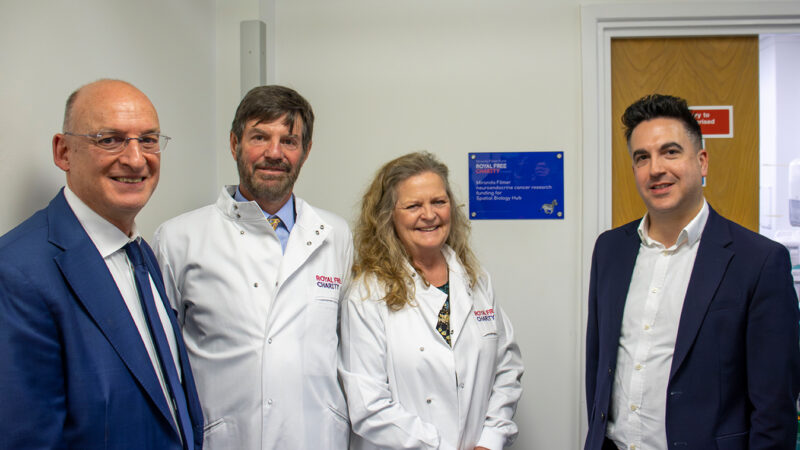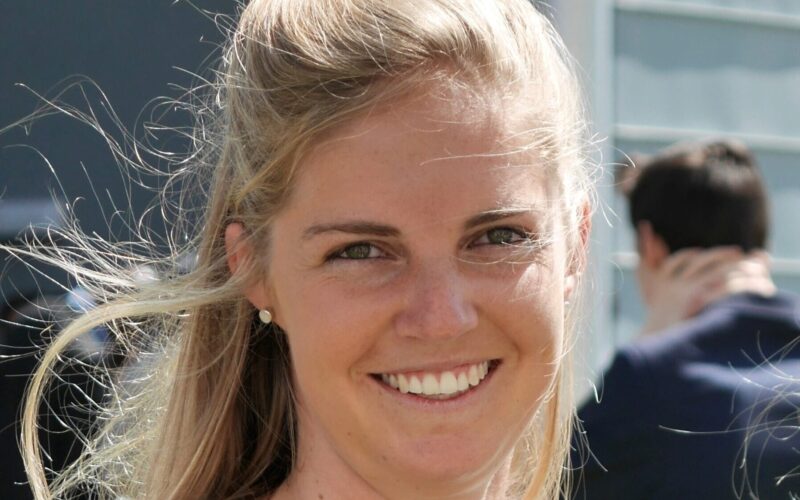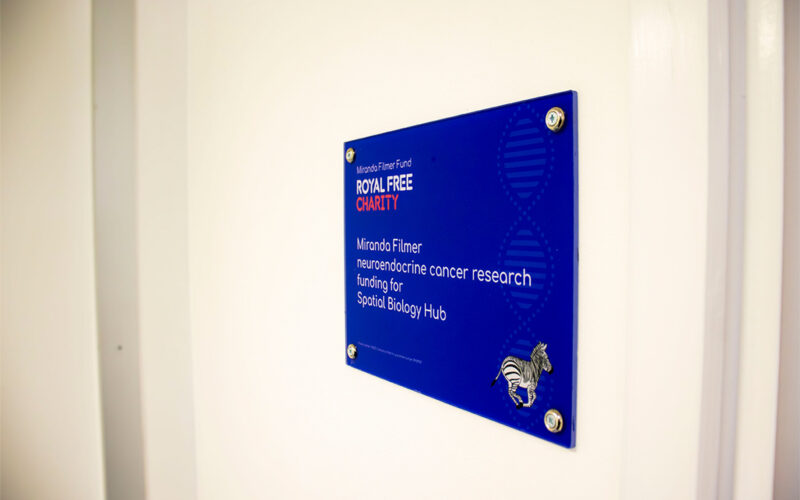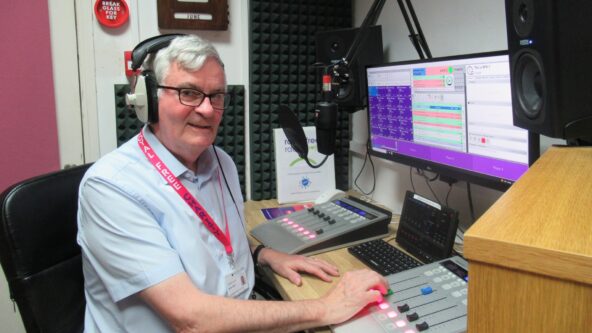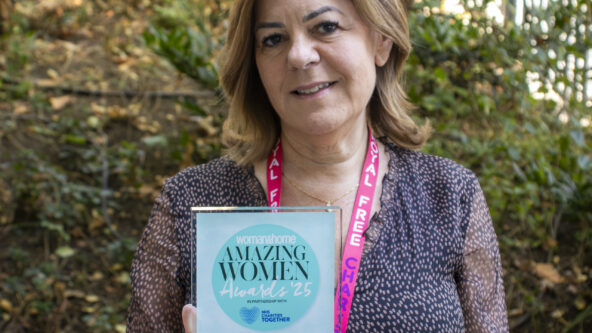The hub has been made possible thanks to:
- a grant from the Medical Research Council (UKRI), awarded to leading scientist Dr Pilar Acedo Núñez (UCL Institute for Liver and Digestive Health). This funding has enabled the purchase of two cutting-edge platforms – a digital spatial profiler and a spatial molecular imager – designed to analyse tissues at an unprecedented level of detail. These advanced tools will help researchers identify new treatment strategies and bring hope to patients facing difficult diagnoses of neuroendocrine cancers.
- funding from the Miranda Filmer Fund for a PhD researcher and a laboratory technician – as well as laboratory equipment – who are helping to examine in more detail than ever before how cancer cells behave and interact with other cells.
Miranda Filmer, from Wiltshire, died in 2022 of neuroendocrine cancer, aged 30. Miranda’s family set up a fund for research into neuroendocrine tumours (NETs) and have been actively fundraising since.
